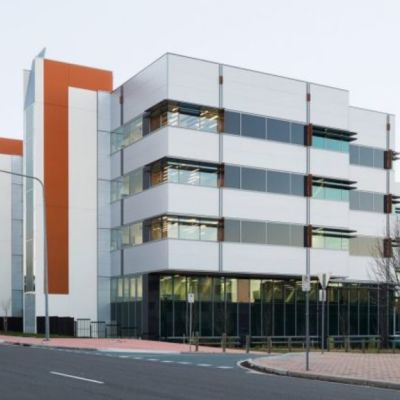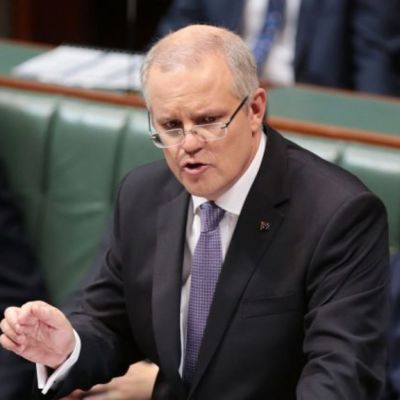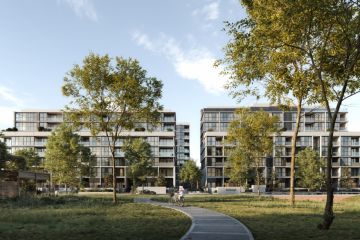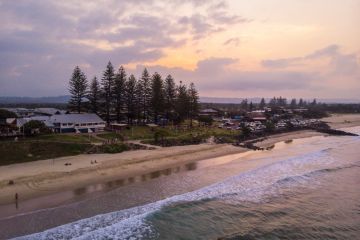Federal budget should not dampen surging foreign interest in Canberra property
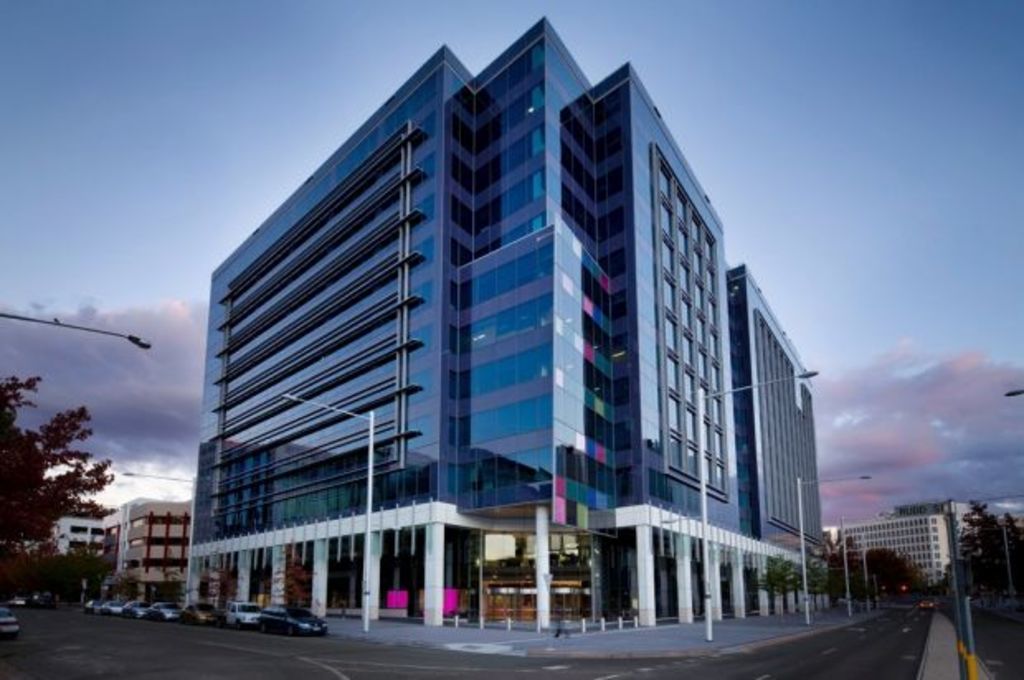
Foreign investment in the ACT property sector amounted to $900 million worth of approvals during the 2015-16 financial year, according to the latest data from the Foreign Investment Review Board.
However, experts believe the budget measures aimed at foreign investors will not have a negative impact on the Canberra market.
The board’s 2015-16 report showed that 283 residential properties and fewer than 10 commercial properties were approved for foreign investment in the ACT.
Commercial property investments accounted for about $730 million or 80 per cent of the amount invested.
Substantial sales, such as the Louisa Lawson Building in Greenway, which sold for $225 million, contributed to the commercial result.
JLL ACT head of sales and investment Michael Heather said Canberra ranks among the top commercial property investment destinations due to a secure income stream provided by public service departments.
“South Korean investment firm Mirae Asset Global Investments has recently acquired 50 Marcus Clarke Street for $321 million, making it the largest office transaction ever in Canberra,” Mr Heather said.
“JLL Research shows that in the last 10 years from 2007 to 2017, Canberra has had nine office transactions over $100 million and seven out of those nine were purchased by foreign investors.”
Restrictions on foreign investments in the Federal Budget were aimed at the residential property sector in a bid to tackle housing affordability.
Foreign buyers will only be able to buy up to 50 per cent of a development.
If their properties are vacant for more than six months they will have to pay a vacancy tax.

City residential development, Mayfair, was popular with foreign investors. Photo: Jay Cronan
Colliers International director of project marketing Derek Whitcombe said these measures would not affect residential investment in Canberra.
“Several projects located in the city saw strong investments by foreign owners and they were more related to amenities such as the ANU,” Mr Whitcombe said.
“One particular development called Mayfair attracted a lot of interest from foreign buyers who had family in Canberra or children who were students at the ANU.”
He said foreign investment in residential developments close to universities could range from 10 to 25 per cent, however 50 per cent was unheard of in Canberra.
“Changes to the budget will have an impact on development in Sydney and Melbourne, for sure, where entire developments were taken offshore,” Mr Whitcombe said.
“But we don’t have anything like that here.”
Mr Whitcombe said properties were rarely kept vacant in Canberra as rental returns were so strong.
We recommend
We thought you might like
States
Capital Cities
Capital Cities - Rentals
Popular Areas
Allhomes
More
